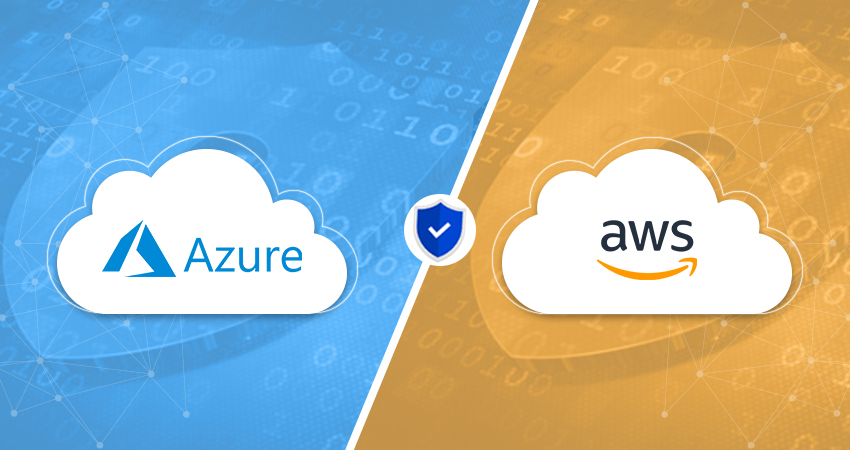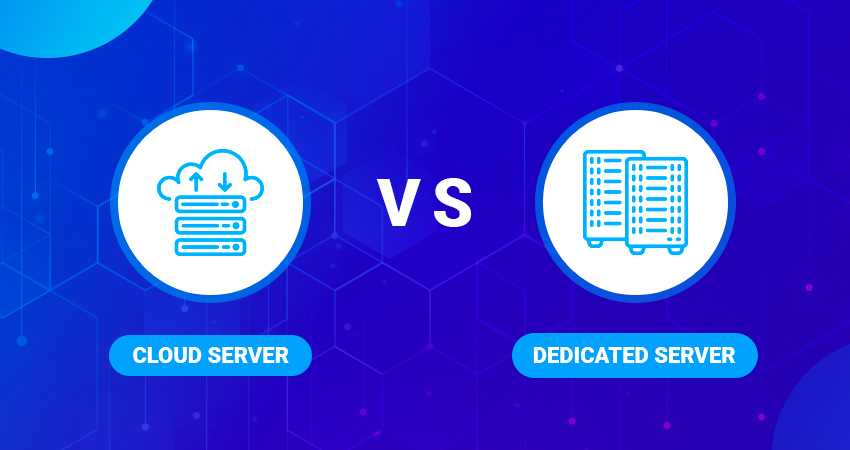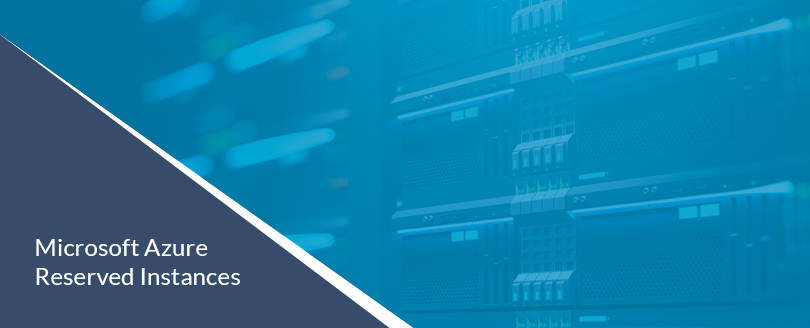-
Get a Personalized Demo
- Soluciones
-
Servicios Empresariales
Estrategia de Nube Seguridad Cibernética Servicios Administrados Gestión de Socios Servicios de Portación
- Industrias
-
Industries We Serve
- Conocimientos
-
Recursos
Eventos
Ready to learn more about IAG now?
Watch our on-demand video on how identity management is
done in a typical organization.
- Carreras
-
We’re constantly on the hunt for talented individuals who are passionate about innovative technologies
- Socios
-
Socios
Partner Program
- Compañia
-
GLOBAL
Sobre ISSQUARED -
IN INDIA
ISSQUARED
- Book a Demo
-
Book a Demo
Fabulix Service Manage (FSM)
-
- Español
- العربية
- Français
- English
- Dutch
Thank you for your interest. We Will Contact You Soon...Your email ID is already registered with us.Choosing an IT Service Management Service
ITIL, Service Management - March 08, 2022
Introduction
A good IT Service Management tool is indispensable for success in the provisioning and regulation of IT services in an organization. In this blog we will explore the features, processes, and best practices you should keep in mind when selecting an IT Service Management (ITSM) service/tool. First, let’s explore the benefits of ITSM tools.
The IT Service Management (ITSM) Advantage
The IT Service Management tool enables you to maximize the value of your IT department and provide faster and more thorough service to your customers while cutting costs.
ITSM benefits include:
1. Increased Productivity
The ITSM tool automation can handle many repetitive tasks associated with a service provided by the IT organization without human intervention. This allows employees to dedicate more time to tasks that really provide value to the business.
2. Reduced Risk
The automated ITSM tool is not susceptible to vagueness, misunderstandings, distraction, or human error. This minimizes the risk of failure while providing better service.
3. Gathering and Inputs on The Service
The service management tool stores large amounts of data that facilitates:
-
A real-time service facility, defined by pre-defined pointers, allowing you to redirect critical situations before they become a problem. That helps to reduce the impact of incidents on the business.
-
Identification of trends that can lead to a better understanding of business needs, resulting once again in improving the service quality.

Organizations often believe an ITSM tool by itself can solve the problems related to IT services, however the overall success of the tool still depends on implementing the process based on best practices.
Before embracing automation, it is essential to review the process and simplify the process where possible to eliminate errors/inefficiencies. If error-prone processes are automated, the error will substantially affect the overall functionality.
Possible Selection Criteria of ITSM Tools
Requirements for selecting a service management tool:
Functionality: Embrace the ITSM tool that can support all of your business processes. The tools are designed with a standard in mind, however the processes within your organization may be different. It is imperative to understand how well the tool can adjust to your specific processes.
Configuration: Functionality can be achieved by setting the tool’s parameters, without changing the fundamental architecture of the software.
Customization: This includes reforming parts of the tool to provide expected functionality. This is generally achieved through the change in software codes. It is expensive and difficult to manage through the service tool’s advancement cycles in the future. Because of this, the software vendor must validate if the changes are compatible with the recent versions of the service management tool. Otherwise you risk the customized version becoming obsolete.
Flexibility / Versatility:Your IT service requirements will change over time. An efficient tool will adapt to these changes via configuration without a change in software programming. This will reduce cost and enable you to adhere to execution deadlines.
Easy to Use: An instinctual and easy-to-manage tool will enhance IT efficiency and productivity of agents and users alike. Reducing the learning curve for the IT team.
Price: The cost of the tool is based on factors such as licenses, customization, support, maintenance, and training, etc. When choosing an ITSM tool, it is advisable to look at all cost factors.
Deadlines: Deadlines: The execution timeline is important to consider when assessing a tool. The execution duration is the time where you pay for the tool without being able to use it. Usually, tools with large execution timelines require a lot of time and resources in order to be upgraded.
Manufacturer Independence: Manufacturer Independence: After implementing the tool, successful companies provide training to end-users or make ongoing modifications and configurations to the service management tool to keep it updated with the business requirements. Depending on asset availability, modifications can be handled in several ways:
-
To train employees, only ask the provider in case of significant changes.
With the first option, it is important to ensure that:
-
The tool is easily customizable.
-
The vendor offers training on the tool.Whether it is offered Cloud or On-premises
-
-
Hiring service hours from the vendor so they make any changes you need.
Depending on your needs, you can choose
-
Using the vendor’s infrastructure and use the tool as a cloud-based service.
-
Install the tool on your internal IT infrastructure.
Other Requirements: Other instances to consider when selecting a service tool can be:
-
If the provider is the manufacturer, then you can have more autonomy to make decisions.
-
If you can install the tool on your preferred platform?
Licensing: This includes factors such as Nominal vs Concurrent Licenses, purchase license vs rent, etc.
The Selection Process of Vendor
1. Establish Requirements
Once you understand the requirements of IT Services and define various processes, you need to compile a list of all the classified requirements using the MoSCoW technique. The technique can be broken down as:
-
M – Must: Critical requirements. You cannot operate without them.
-
S – Should: The important requirements that have a substantial impact.
-
C – Could: These include desirable requirements and concerns with items that do not have a very high impact.
-
W – Would: These include Future requirements that are not critical now but could be necessary in the future.
2. Identify Products
Identify possible vendors and products in the market through research, references of contemporaries, industry journals, etc.
3. Evaluate Compliance Requirements
You should also create a list of indispensable requirements. This can be achieved by asking vendors if your requirements can be met by customizations.
4. Generate a Shortlist of Candidates
After going through the evaluations of various requirements, shortlist 2 or 3 candidates.
5. Establish Criteria
Then, compile a list of final criteria for the final evaluation. You can also assign grades to each criterion.
6. Evaluate in Detail
Ask the vendor for a test environment where the tool could be evaluated. Then, gather information on the rest of the selection criteria.
7. Assign Grades
Allot a score to each of the tested tools depending on the level of compliance with your requirement.
8. Final Selection
Using the score and good judgment, you need to select the tool.
ISSQUARED and ITSM
ISSQUARED, Inc. a premier value-added provider can offer you a comprehensive list of managed services, built around a looming IT scenario and designed to transform your ITSM landscape. ISSQUARED provides a practical view of the use of ITIL, adopting its best practices to suit the needs of the customers. We access your IT Infrastructure and suggest the best ITSM solution. At ISSQUARED, we help our clients implement ITIL processes efficiently and with our ITSM services, your network never does downtime and you can maintain a seamless and continuous delivery to your customers.
Key list of ISSQUARED ITSM feature includes:
-
Network Operations Center: An advanced network monitoring station to keep an eye on the multitude of your network elements.
-
Infrastructure Management: Effortlessly managing your infrastructure with upgrades, deployments, and maintenance.
-
Disaster Recovery: Disaster recovery as a service (DRaaS) on the cloud, thus eliminating the need and cost of maintaining an off-premise location, Infrastructure, and staff.
-
Service Desk: A service desk platform to better connect with your customers and partners.
Contact Us
Are you Interested in ISSQUARED IAM services? Our experts would be delighted to showcase the product and its features. You can reach out to us at sales@issquaredinc.com or call us at +1 (805) 480-9300.
For more info on ISSQUARED ITSM features, please visit: Click here
References
IT Service Management (ITSM) and Service Desk Implementation Best Practices
A practical guide to ITSM and ITIL 3 Part 1 Moments of truth
Categories
-
Cloud
-
Carrier and UC
-
Cyber Security
-
Edge Computing
-
Hyper-convergence
-
Identity Management
-
ITIL , Service Management
-
Risk and Compliance
-
Partners
-
Others
recent blogs

The Importance of IAM in the Context of the COVID-19 Pandemic
July 11, 2022

Building a Roadmap for IT Security Management
June 10, 2022

Why is IT Service Management Still Relevant Today?
April 29, 2022

Can We Achieve Zero Trust?
April 18, 2022

How to Identify the Behavior of Cyber Adversaries?
April 08, 2022

Switching to A Modern, Intelligent IT Service Management
April 01, 2022

IT Operations Management and IT Service Management | How They Differ, Combine and Why They Matter
March 25, 2022

What is Software-Defined Networking (SDN)?
March 14, 2022

Choosing an IT Service Management Service
March 08, 2022

9 Benefits of Automation in Service Management
March 04, 2022

Social Engineering and How to Safeguard Yourself
March 02, 2022

AWS Network Firewall Versus Azure Firewall: An Overview and Key Features
Feb 25, 2022
Importance of Attack Surface and Threat Intelligence
February 22, 2022

Pros and Cons of Artificial Intelligence in Cybersecurity
March 10, 2021

Cloud Infrastructure and the Pandemic- A shining light
June 1st, 2020

Identity Management as a Service
Aug 18, 2020

Cloud Hosting vs Dedicated Servers
April 06, 2020

The Impact of AI on the Finance Industry
February 5, 2021

Brainjacking - Moving from Science Fiction to Reality and Associated risks
March 11, 2021

Ecommerce: Impact of Amazon and Artificial Intelligence
February 1, 2021

Zoom, Skype, Teams: The battle for market domination in the times of COVID-19.
April 10, 2020

Microsoft Azure Reserved Virtual Machine Instances (RI's) - Key Features and Benefits
March 24, 2020
Tags
Subscribe to newsletter
Thank you for your interest. We Will Contact You Soon...Your email ID is already registered with us.
By: Ganesh Ramaiah
Senior Vice President - International Operations
Ganesh’s emphasis on quality and delivery has been a consistent theme as he led teams at UBS, CSC, Microsoft, and IBM. His vast experience includes managing staff of thousands of global delivery engineers for Fortune 100 companies’ IT operations.
Ganesh holds Bachelor’s and Master’s Degrees in Physics with special emphasis in Electronics from Delhi University.This website uses cookies or similar technologies, to enhance your browsing experience and provide personalized recommendations. By continuing to use our website, you agree to our Privacy Policy
Thank you for your interest. We Will Contact You Soon...Your email ID is already registered with us. - Soluciones
